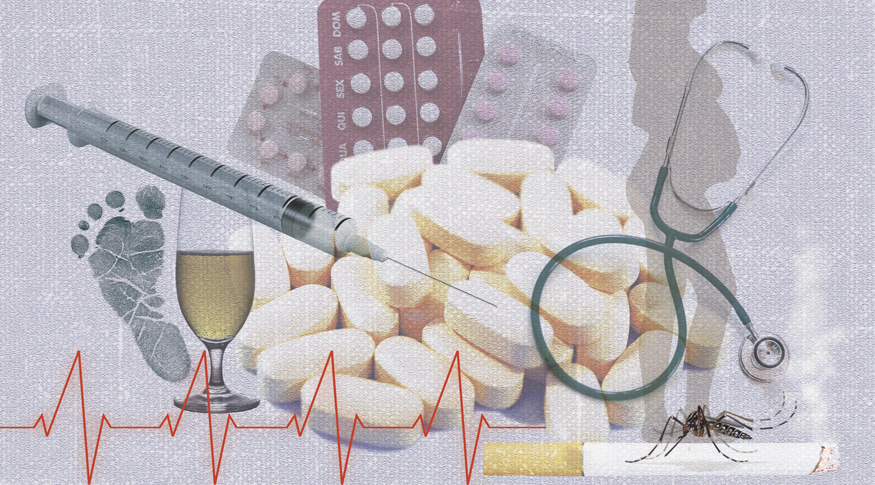Retratos Magazine
SDG 3: challenges towards universal health and well-being
April 02, 2018 09h00 AM | Last Updated: June 05, 2018 11h01 AM
The 3rd Sustainable Development Goal is wide and broad, as health and well-being should be, since they relate to other SDGs on education, non-violence, housing and gender matters, for instance. In Brazil, the IBGE has as its great partner the Ministry of Health, through the database of the Brazilian National Health System (SUS), the Datasus. The challenges are to set the methodology and make information compatible in order to transform data into indicators, as IBGE researcher Marco Andreazzi points out.

Retratos Magazine: How is it to gather information and transform it into indicators?
Marco Andreazzi: In the area of health, we have already been working with indicators for a long time. The IBGE and the Ministry of Health work with consolidated information in the international sphere, both by the World Health Organization (WHO) and by the Inter-Agency Health Information Network (Ripsa), which has standardized most of its information related to Brazilian health indicators. Our job is to try and update such information and make it compatible with the new indicators proposed for the SGD 3.
Retratos: What are the sources of information?
Andreazzi: Most of it comes from administrative records, concentrated in the Ministry of Health and produced by states and municipalities through an assistance network, and even from private services, by means of an information system of the National Regulatory Agency for Private Health Insurance and Plans. The IBGE has also a tradition in health surveys. We have the National Survey of Health (PNS), carried out in 2013 - a comprehensive household survey - to be repeated again in 2018. In addition, we have the National Survey of Demography and Health (PNDS), which, besides collecting health information, provides data on the matters of demography, gender and some aspects of violence. In terms of students' health, we have a specific survey: PeNSE (National Survey of School Health), which also provides information on this population group.
Retratos: What are the challenges to reach this goal?
Andreazzi: There are two factors. One of them is to set our priorities, because the priorities set for global indicators do not always coincide with the national issues, since some are not truly relevant to the Brazilian reality. For example: “births attended by skilled health personnel” is an international indicator. In a country where more than 95% of the deliveries happen at the hospital, it is not quite revealing to investigate if there is a qualified assistance to births. We would have to come up with a more adequate indicator to the Brazilian reality. We had proposed an indicator for the Cesarean section, for instance, which is not always the best indication and offers risk to mother and child. That is under discussion.
Another factor are data's own limitations. Most of times, information from the national surveys are not as disaggregated as to achieve states and municipalities. Those surveys bring information only about Brazil and Major Regions.
Retratos: Which data from the IBGE are part of such construction?
Andreazzi: Indicators 1 and 2 are related to mother-baby issues and the data are mostly from death and birth records, which are administrative records. The IBGE conducts the Vital Statistics survey, which collects administrative data from notary’s offices.
Information on drug, alcohol and tobacco abuse comes from IBGE surveys such as PeNSE, for teenagers, and PNS, for those older than 18. The proportion of women that demand family planning, contraceptive methods is obtained by the PNDS, which also has information on reproductive health and pregnancy of teenagers, among other aspects.
Retratos: How could the SGD 3 combine with the other Sustainable Development Goals?
Andreazzi: Health information in general represents not only one goal alone, but also indicates development and the adequacy level of the other goals. If you live in a healthy environment, a healthy home, free of violence, several other indicators are brought together along with health. Health encourages development; producing institutions able to meet population's demands adequately is a way of improving life quality through services and strategies for health promotian and intervention.


















